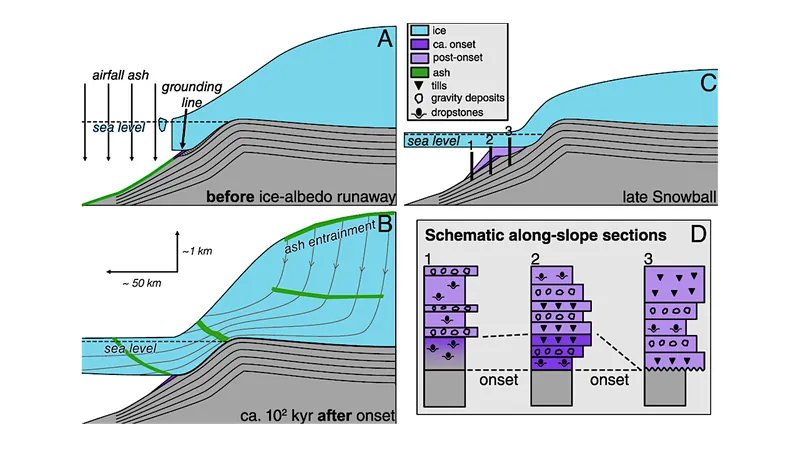
Pegbelfermin: A Breakthrough in the Fight Against Liver Fibrosis Linked to MASH?
2025-04-14
Author: Yu
Reviving a Promising Treatment
Once considered a lost cause after lackluster results in midstage trials, pegbelfermin is now making headlines as a potential game-changer for liver fibrosis in patients suffering from metabolic dysfunction-associated steatohepatitis (MASH). Recent research reveals promising outcomes that could reshape treatment protocols.
Research Highlights Exciting Efficacy
In a thorough analysis of data from several randomized clinical trials, researchers have unveiled consistent improvements in MASH-related liver fibrosis, particularly at a dosage of 10 mg, showing marked enhancements compared to placebo—with no major safety concerns emerging. These compelling findings were recently published in JHG Open.
Pegbelfermin is a polyethylene glycol-modified (PEGylated) recombinant human FGF21 analog known for its extended half-life. This study serves as the first rigorous quantitative evaluation of its effectiveness in combating liver fibrosis, emphasizing the potential it holds.
Fighting Fatty Liver: A Rare Victory
As of now, only one treatment has received FDA approval for MASH-related fatty liver—resmetirom (Rezdiffra), which snagged accelerated approval in April 2024. This makes the stakes even higher for pegbelfermin as it aims to join the ranks of viable treatments.
Promising Results Across Multiple Metrics
Analyzing data from 452 patients in three separate trials, significant improvements were observed in key metrics: adiponectin levels and PRO-C3 concentrations—primary endpoint indicators. Improvements included a mean difference of 18.23 for adiponectin (P = .003) and a drop of 25.50 in PRO-C3 levels (P = .007) with the 10 mg dosage.
Additionally, this dose showed notable enhancements in MASH itself, boasting a risk ratio of 2.84 (P = .02). Even the higher 20 mg dose remained effective for adiponectin (MD, 18.09; P = .004) and PRO-C3 (MD, -19.54; P = .005), but it didn’t yield significant improvements for MASH.
The Uncertain Impact on Liver Stiffness
Interestingly, improvements in liver stiffness weren't statistically significant for either the 10 mg (RR, 1.31; P = .23) or 20 mg (RR, 1.41; P = .07) dosages. Researchers noted that various factors influence liver stiffness, including exercise habits, as highlighted by other studies linking physical activity with reduced fibrosis risks in older patients.
Safety Profile Encourages Further Exploration
In terms of safety, 10 mg of pegbelfermin did not significantly elevate the risk of adverse events compared to placebo (RR, 1.05; P = .33), with typical side effects leaning towards gastrointestinal discomfort but none of which were statistically significant. Risk factors such as nausea and diarrhea remained minimal.
The Road Ahead for Pegbelfermin
While pegbelfermin shows promise, it also underscores the need for further research to explore its long-term effects and efficacy across diverse patient demographics. The landscape of MASH treatment is on the brink of transformation—could pegbelfermin emerge as a beacon of hope in the ongoing battle against liver fibrosis?







 Brasil (PT)
Brasil (PT)
 Canada (EN)
Canada (EN)
 Chile (ES)
Chile (ES)
 Česko (CS)
Česko (CS)
 대한민국 (KO)
대한민국 (KO)
 España (ES)
España (ES)
 France (FR)
France (FR)
 Hong Kong (EN)
Hong Kong (EN)
 Italia (IT)
Italia (IT)
 日本 (JA)
日本 (JA)
 Magyarország (HU)
Magyarország (HU)
 Norge (NO)
Norge (NO)
 Polska (PL)
Polska (PL)
 Schweiz (DE)
Schweiz (DE)
 Singapore (EN)
Singapore (EN)
 Sverige (SV)
Sverige (SV)
 Suomi (FI)
Suomi (FI)
 Türkiye (TR)
Türkiye (TR)
 الإمارات العربية المتحدة (AR)
الإمارات العربية المتحدة (AR)